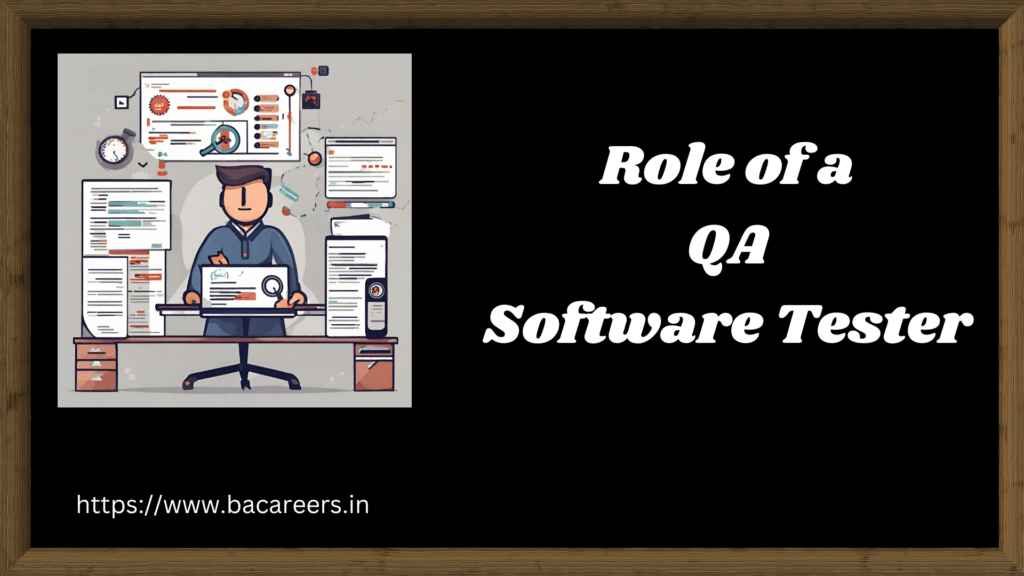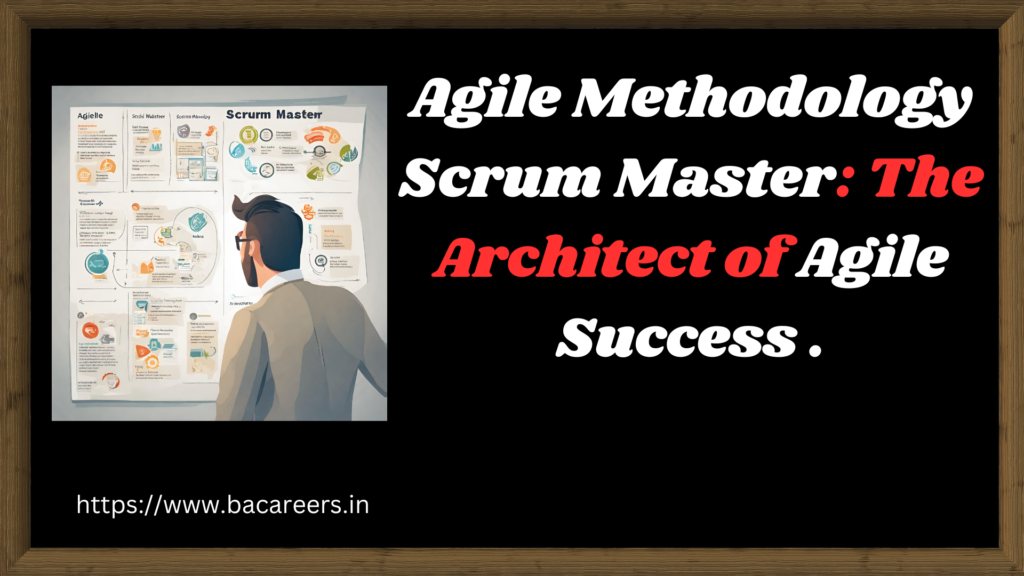Agile methodology has revolutionized the way teams approach project management, emphasizing flexibility, collaboration, and continuous improvement. At the heart of this approach is the role of the Scrum Master, often referred to as the architect of agile success. The Scrum Master plays a crucial role in guiding and facilitating the team through the agile process, ensuring that the team stays on track, communicates effectively, and works together towards achieving their goals.
As the champion of agile practices, the Scrum Master is responsible for removing any obstacles that may impede the team’s progress, fostering a culture of transparency and open communication, and helping the team adapt to changes and challenges as they arise. By serving as a mentor, coach, and facilitator, the Scrum Master empowers the team to self-organize and make decisions collaboratively, leading to increased productivity, quality, and overall success.
In essence, the Agile Methodology Scrum Master is not just a title but a key player in shaping the success of agile projects. With their guidance, support, and expertise, teams can navigate the complexities of agile development with confidence, ultimately delivering value to stakeholders and achieving their objectives efficiently and effectively.
Defining Agile Methodology:
Before we delve into the specifics of the Scrum Master role, it’s imperative to grasp the essence of Agile methodology itself. Agile is not just a set of practices; it’s a philosophy that prioritizes customer satisfaction, collaboration, and flexibility. At its core, Agile advocates iterative and incremental development, where requirements and solutions evolve through the collaborative effort of self-organizing and cross-functional teams.
Introducing Scrum:
Scrum is one of the most widely used Agile frameworks, known for its simplicity and effectiveness in managing complex projects. Central to the Scrum framework are three roles: the Product Owner, the Development Team, and the Scrum Master. While each role is critical in its own right, the Scrum Master serves as the guardian of the Scrum process, ensuring adherence to its principles and values.
Unveiling the Agile Methodology Scrum Master:
So, who exactly is an Agile methodology Scrum Master? In essence, the Scrum Master is a facilitator, coach, and servant-leader rolled into one. Unlike traditional project managers, who wield authority over their teams, the Scrum Master’s authority stems from their ability to serve and enable the team rather than command it.
Key Responsibilities of an Agile Methodology Scrum Master:
- Process Facilitation: The Scrum Master is responsible for facilitating all Scrum events, including Sprint Planning, Daily Stand-ups, Sprint Reviews, and Retrospectives. They ensure that these events are conducted effectively and that they serve their intended purpose of promoting transparency, inspection, and adaptation.
- Removing Impediments: A significant part of the Scrum Master’s role involves identifying and eliminating obstacles that impede the team’s progress. Whether it’s organizational roadblocks, technical challenges, or interpersonal conflicts, the Scrum Master works tirelessly to clear the path for the team to succeed.
- Coaching and Mentoring: The Scrum Master serves as a coach, guiding the team in understanding and embracing Agile principles and practices. They empower the team to self-organize and make informed decisions, fostering a culture of continuous improvement and learning.
- Protecting the Team: In the often chaotic world of software development, the Scrum Master acts as a shield, protecting the team from external distractions and undue pressure. They create a safe and supportive environment where team members feel empowered to take risks, experiment, and innovate.
- Promoting Collaboration: Collaboration lies at the heart of Agile methodologies, and the Scrum Master plays a crucial role in fostering a collaborative culture within the team. They facilitate communication and cooperation among team members, ensuring alignment towards common goals and objectives.
Qualities of an Effective Agile Methodology Scrum Master:
- Servant Leadership: A Scrum Master leads by serving the team, putting their needs above their own and empowering them to achieve their goals.
- Empathy: Understanding the perspectives and challenges of team members is crucial for a Scrum Master to effectively support and guide them.
- Adaptability: Agile environments are dynamic and subject to change. A Scrum Master must be adaptable and open to adjusting their approach as needed.
- Strong Communication Skills: Clear and effective communication is vital for facilitating collaboration and ensuring alignment within the team.
- Problem-Solving Ability: The ability to identify and address impediments and conflicts is essential for a Scrum Master to keep the team on track towards its objectives.
Conclusion:
In the fast-paced world of Agile software development, the role of a Scrum Master is indispensable. By embodying the principles of servant leadership, facilitation, and continuous improvement, the Scrum Master empowers teams to deliver high-quality products that delight customers. Through their guidance and support, the Scrum Master not only ensures the success of individual projects but also cultivates a culture of collaboration, innovation, and excellence that propels organizations towards their overarching goals.
Related Articles :
SAFE Certified Scrum Master in Agile Transformations
Who is a Certified Agile Scrum Master?
Unlocking Agile Success: The Role of the Agile Scrum Master
Scrum Master in Scrum : The Role of a Scrum Master




